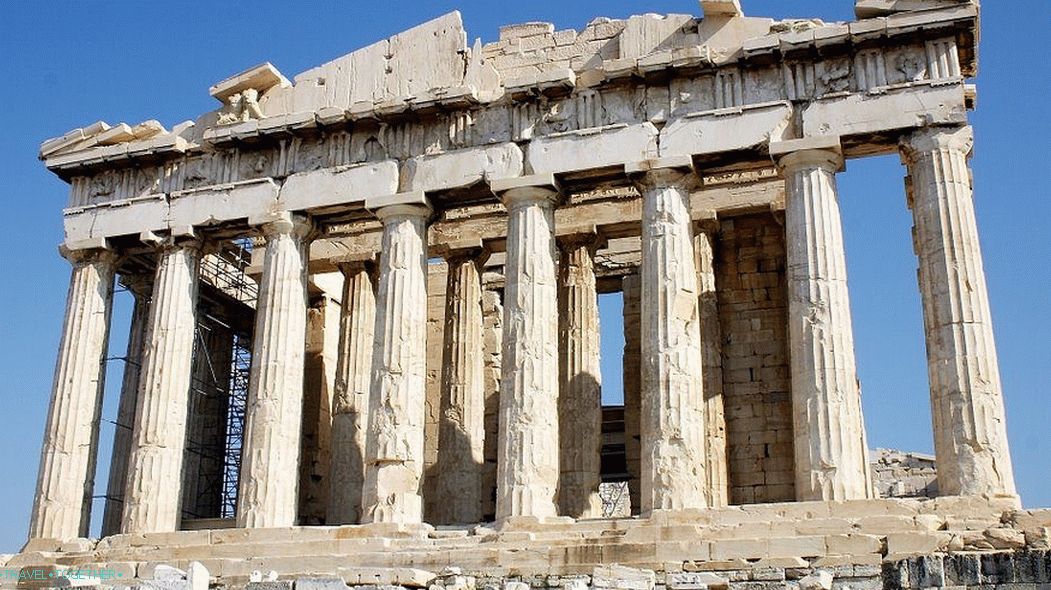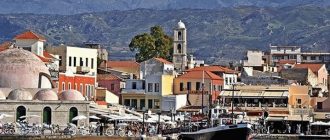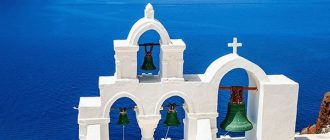06/10/2016
Contents
- 1 Athens Parthenon – the most famous of the surviving ancient greek buildings. He stands in his place for more than 2500 years as a tribute to the goddess Athena, but throughout history has not been used only as a temple. The Parthenon was once a church fortress and even mosque. Despite a difficult fate, he still inspired by the beauty of elegant columns and well-thought-out details.
- 2 Where is the Parthenon and how to get to it
- 3 History of the Parthenon
- 4 How the Parthenon looked: past and present
- 5 Visit the Parthenon
Athens Parthenon – the most famous of the surviving ancient greek buildings. He stands in his place for more than 2500 years as a tribute to the goddess Athena, but throughout history has not been used only as a temple. The Parthenon was once a church fortress and even mosque. Despite a difficult fate, he still inspired by the beauty of elegant columns and well-thought-out details.
Where is the Parthenon and how to get to it
The Parthenon is located on the Acropolis, in the heart of Athens. Built on a strategic location, it stands out from the background. the rest of the buildings of the Greek capital and can be seen literally from any points of the city. Therefore, to pass by or get lost is not exactly work out. You can reach it in several ways:
- On the subway – to the station, which is called Akropolis;
- By bus – to the Acropolis there are numerous routes: 106, 24, 57, 137, 230, A3, E22;
- On the trolleybus number 15, 5, 1;
- On foot – on the street Dionysiu Areopagita. She leads the mountain and leads directly to the Parthenon.
History of the Parthenon
For those who are at least a little familiar with Greece and its history, the Parthenon associated with the goddess Athena. The temple originated as a dedication. patroness of the city. But few know that long before him on Gokatompedon, the oldest temple, also stood dedicated to Athena.
As a replacement for the old temple, destroyed by the Persians, the Parthenon was built on the initiative of Pericles – the famous Athenian politician famous commander and reformer. To participate in the construction he attracted the sculptor Phidias, Ictius was chosen as the architects and Calligrat The latter built several temples on the Acropolis, but it was the Parthenon that became his main child. Although it did not work for a long time the way it was conceived. The construction of the future symbol of Athens took more than 9 years. And for every coin spent on a project, the government reported to the inhabitants of Athens. Some of financial readings have kept a lot of interesting facts. For example, the most expensive and largest stone was brought from Mount Pendelikon, located 16 km from Athens. For construction also used high quality marble.

The Parthenon was solemnly presented to the public during the holiday Panathinae – the largest political and religious festivals of antiquity. But a few years continued decorative work. They were led by Phidias, who created the statue of Athena – it became the main the decoration of the Parthenon. The way she looked, excites historians already several centuries. It is said that the statue was the best work of Phidias. The wooden sculpture was covered with a ton of gold and decorated with ivory bone. 13-meter statue held a spear in one hand, the figure of Nicky – in another.
For almost 1000 years, the Parthenon served as the main temple greek religion. He was still whole in the IV. of our era but to that the time of Athens was no more than just a provincial city Roman Empire with a glorious past. In the V century. the statue of athena was stolen and transported to Constantinople. Here she collapsed a few centuries later.
Then the Parthenon was transformed into the Christian Church of the Virgin Mary’s This inevitably led to the restructuring of the temple – pagan sculptures and some columns were removed. Most likely, even destroyed. In the XV century. Parthenon waited for new changes. This time the Ottomans, who captured the city, rebuilt the once pagan temple of Athens to the mosque. However, no serious damage was brought.

In the XVII century when the Venetians attacked the Parthenon was literally destroyed by the explosion of a powder warehouse. And only in the 1840s yy its restoration began, but first of all they were removed new and medieval buildings, as well as the Muslim minaret.
How the Parthenon looked: past and present
In ancient times, the Parthenon looked majestically – as it should be the temple is particularly revered by the Greeks goddess. It had a rectangular shape. with a colonnade on all 4 sides. It is believed that the amount Dorian columns was equal to 48. Inside the Parthenon was located central area, also enclosed by columns. And in its center there was now a lost statue of Athena.

One of the surviving friezes of the Parthenon depicts a scene. the festive procession that usually accompanied Panafini. On several pages of the temple have been immortalized pages of historical events and legends: the Trojan War, the battle of the Amazons and Greeks. what As for the pediment, there are several statues preserved, and even those are in a deplorable state. Originals are stored in Athens the museum and the Acropolis Museum, and in their place installed copies. However, half of the remaining parts of the friezes and sculptures taken to London and still not returned to Greece.
By the way, the construction is unique in terms of geometry. If on one end of the Parthenon stage put an object 15 cm high, then it will be invisible from the opposite side. This means that flat the designs actually have curvature. Another Parthenon secret “encrypted” in its columns – they are tilted slightly inward. It is believed that such features allowed the temple to withstand withstand seismic loads, which confirms once again craftsmanship of architects.

Modern Parthenon, as far as possible, archaeologists brought closer to the original. Lost the brilliance and greatness he did not return, but progress is obvious. Destruction and incomplete reconstruction not prevented the Parthenon from becoming one of the main monuments of the world.
Visit the Parthenon
You can visit the main monument of Athens from 8:30 to 18:00
Ticket price – 12 euros, up to 18 years visit is free.
Since there are many tourists in the season, and the summer heat brings inconvenience, it is better to come here for the opening or in the evening. For convenience of tourists near the Parthenon works kiosk where you can buy drinks, toilet and luggage storage – with large bags inside not allowed.
For Greece, the Parthenon is not just a historical monument. it pride and national symbol. Repeat the work of architects and at various times they tried to create their own version of the Parthenon in several cities of the world. But excel sample classic antique architecture failed.






